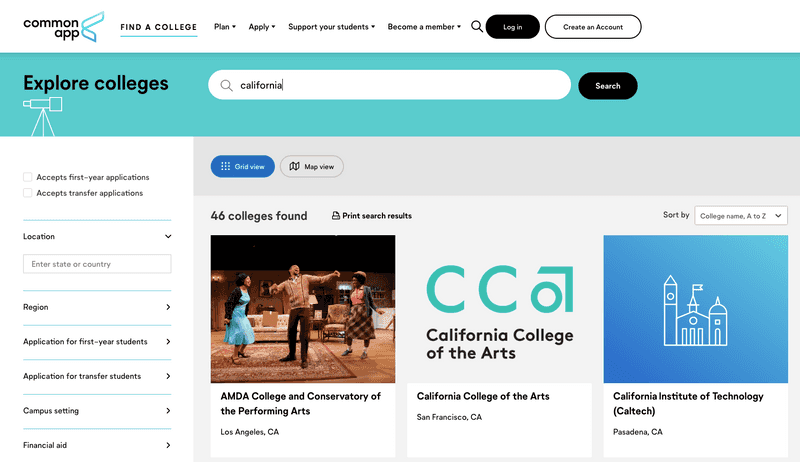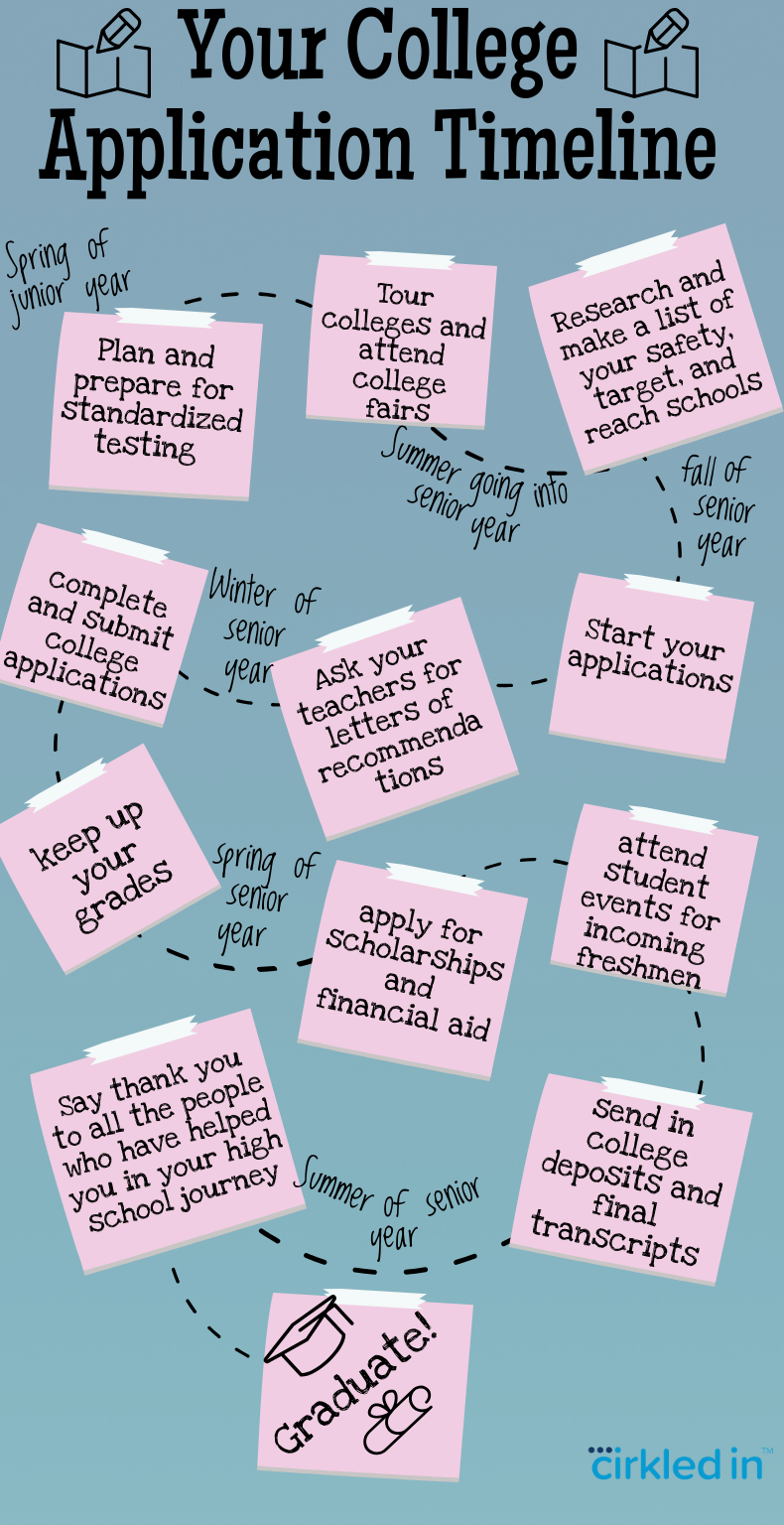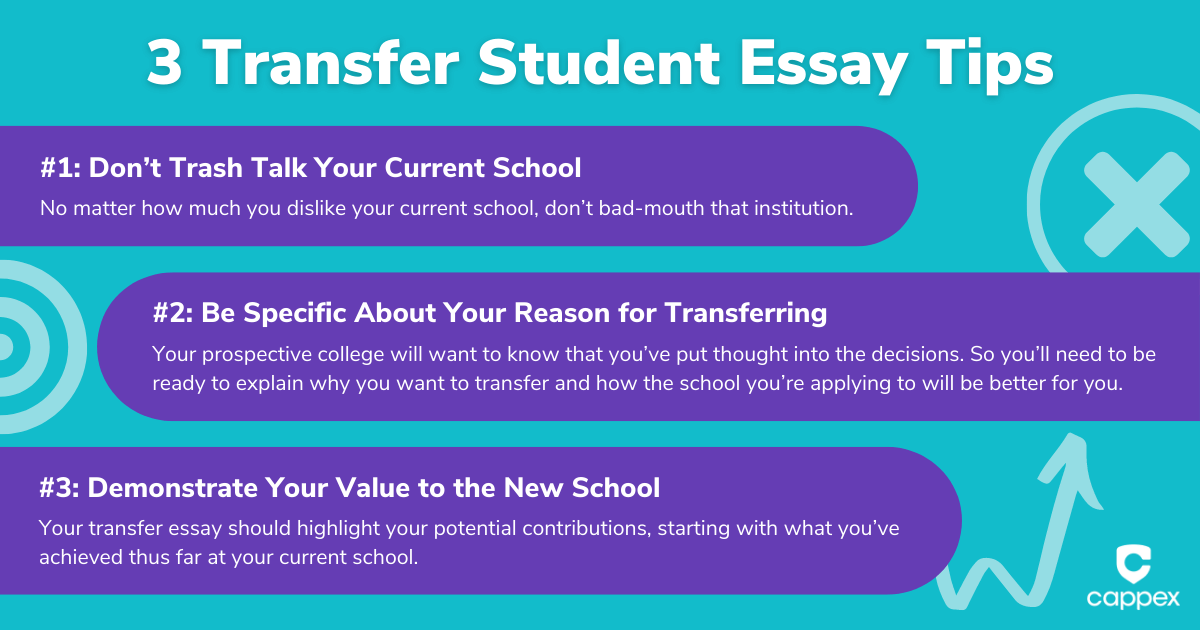Key Takeaways
Start preparing early by researching U.S. college requirements and improving your English proficiency.
Understand the cost of studying in the U.S. and explore scholarships, grants, and work-study options.
Utilize support services such as international student advisors and pre-admission workshops.
Embrace the cultural and academic differences you’ll encounter and engage with campus life.
Stay informed about visa and immigration requirements to maintain your student status.
How International Students Thrive in U.S. College Admissions
Understanding U.S. College Admissions Requirements
Before you even pack your bags, knowing what U.S. colleges expect from you is key. You need to check out each college’s website you’re interested in and note down their specific requirements. Most importantly, keep an eye on the application deadlines – they’re crucial and missing them is like missing a flight – you won’t get to your destination!
Here’s a quick list of common requirements you’ll need to meet:
High school diploma or equivalent
Standardized test scores (like SAT or ACT)
English proficiency test scores (like TOEFL or IELTS)
Personal statement or essay
Letters of recommendation
Navigating the Cultural Transition
Imagine diving into a pool with a different water temperature. That’s what stepping into a new culture feels like. To make this transition smoother, start by learning about American customs and social norms. Watch American movies, read books, or connect with students who are already there. This will help you get a feel for the social climate and prepare you for the cultural nuances ahead.
Adapting to American Campus Life
Once you’re on campus, the real adventure begins. American universities are like small towns full of opportunities. Besides that, joining clubs and organizations is a fantastic way to meet people and find your community. Whether it’s a sports team, a cultural group, or a student-run club, getting involved will enrich your experience and create memories that last a lifetime.
Building a Support System
You’re not alone on this journey. Universities offer heaps of resources to help you settle in. From international student offices to counseling services, there’s always someone to turn to when you need a hand. Don’t hesitate to reach out – these services are there for you, and they can make a world of difference.
Let’s break this down into more detail with some strategies for managing college essay submission stress.

“College Guide for International …” from www.bestcolleges.com and used with no modifications.
Strategies for Academic Success
Excelling in English Proficiency Tests
English might not be your first language, and that’s okay. To thrive in your studies, you’ll need to prove your proficiency with tests like TOEFL or IELTS. The key is consistent practice. Use online resources, sign up for language classes, and immerse yourself in English as much as possible. Think of it as training for a marathon – every day counts.
Studying for TOEFL and IELTS
Here’s how to gear up for these exams: consider reading our comprehensive guide on SAT vs ACT smackdown to understand standardized testing requirements for U.S. college admissions.
Take practice tests regularly to track your progress.
Brush up on your reading, writing, listening, and speaking skills.
Join study groups with other international students.
Remember, the more you practice, the more confident you’ll become.
Utilizing Campus Language Support Centers
Most campuses have language centers where you can get extra help. They offer tutoring, workshops, and conversation practice sessions. These resources are usually free, so take advantage of them! It’s like having a personal coach for your language skills.
Importance of Solid Application Materials
Your application is your ticket to the U.S. college scene. It needs to shine. A compelling personal statement tells your unique story – why you want to study in the U.S. and what makes you stand out. Letters of recommendation are equally important; they’re like good reviews for a product you’re about to buy. Make sure your teachers and mentors highlight your strengths and potential.
Crafting a Compelling Personal Statement
Writing about yourself can be tough, but here’s a tip: focus on moments that have shaped you. Maybe it’s a project you led at school or a challenge you overcame. These stories illustrate your character and determination.
Securing Strong Letters of Recommendation
Choose people who know you well and can vouch for your abilities. Give them plenty of time to write the letter, and don’t forget to say thank you. It’s a big favor they’re doing for you. For more advice on the application process, consider reading about common app mistakes to avoid.
Leveraging College Resources
Colleges are equipped with resources to guide you through the admissions maze. International student advisors are like GPS for your college journey – they’ll help you navigate the process and avoid any roadblocks.
Working with International Student Advisors
These advisors are your go-to for everything from visa questions to class registration. They’re there to support you, so keep their contact info handy!
Attending Pre-Admission Workshops
Many colleges offer workshops to help you get ready for the big move. They cover topics like visa procedures, academic expectations, and even how to deal with culture shock. It’s like getting a sneak peek of what’s to come.
Stay tuned for more detailed strategies in the next sections.
Now, let’s dive into the financial side of things. Studying in the U.S. isn’t cheap, but with the right plan, it’s definitely manageable. You need to understand the costs involved and figure out how to cover them without breaking the bank.
Planning Your Finances
First things first, create a budget. List all your expected expenses: tuition, books, housing, food, and don’t forget personal expenses – yes, you’ll still want to have fun! Then, compare this with your available funds. The difference is what you’ll need to find through scholarships, jobs, or loans.
Exploring Financial Aid and Scholarships
Financial aid isn’t just for U.S. students. Many colleges offer aid to international students, too. You just have to look for it. Check each college’s financial aid website and apply early – funds can run out quickly.
Also, search for scholarships offered by governments, private organizations, and foundations. Some are specifically for international students. Websites like Fastweb and the Institute of International Education are great places to start.
Types of Scholarships Available
There are all sorts of scholarships out there:
Merit-based: for top-notch grades or talents
Need-based: for those who need financial support
Country-specific: for students from certain countries
Subject-specific: for those studying particular fields
Applying for Grants and Work-Study Programs
Grants are like gifts – you don’t have to pay them back. The U.S. government offers limited grants to international students, so do some digging to see if you qualify. Work-study programs are another option. They let you work part-time on campus to earn money while you study.
For both grants and work-study, you’ll need to fill out forms and maybe write an essay or two. But the effort is worth it when you get that financial help.
Seeking Alternative Funding
Don’t stop there. Look for creative ways to fund your studies. Maybe you can find a sponsorship from a business in your home country, or start a crowdfunding campaign. Every little bit helps!
Education Loans
If scholarships and grants aren’t enough, loans can fill the gap. International students can get loans from U.S. lenders, but you’ll usually need a U.S. co-signer. Back home, you might find banks that offer student loans for studying abroad, too.
On-Campus Employment Opportunities
Working on campus is a great way to earn money and gain experience. Jobs can range from library assistant to research aide. Just make sure you follow the rules of your student visa – there are limits to how many hours you can work.
Adjusting to the New Academic System and Culture
Every country’s education system has its quirks, and the U.S. is no different. American colleges emphasize critical thinking, class participation, and regular assignments. It’s not just about memorizing facts; it’s about engaging with the material and expressing your own ideas.
Understanding American Teaching and Learning Styles
American professors often use a mix of lectures, discussions, and group work. You’re expected to speak up in class, ask questions, and share your opinion. It’s a bit like being on a team where everyone’s input is valued.
Tutoring and Academic Advising
If you’re feeling overwhelmed, tutoring services can help you keep up with your studies. Academic advisors are also there to help you pick classes and plan your college path. They’re like your personal college coaches.
Most colleges offer these services for free, so make sure to use them!
Adapting to New Grading Systems
The U.S. grading system can be confusing at first. Here’s a simple breakdown:
A (90-100%) – Excellent
B (80-89%) – Good
C (70-79%) – Average
D (60-69%) – Passing
F (below 60%) – Failing
But grades aren’t everything. Professors also value class participation and effort.
Embracing Cultural Differences
When you arrive in the U.S., you’ll notice that things are done differently. It’s important to keep an open mind and be flexible. Embracing the new culture will not only make your stay more enjoyable but will also enrich your personal growth.
For example, Americans value punctuality and direct communication. So, if you’re invited to an event that starts at 7 pm, be there at 7 pm, not ‘fashionably late’.
Remember, it’s okay to feel a bit lost at first. With time, you’ll get the hang of it. For more guidance, check out our insights on college admissions tips.
For example, during my first week in the U.S., I was invited to a potluck where everyone brought a dish from their home country. I learned so much about different cultures and made friends who were also new to the country. It was a fun and eye-opening experience!
Participating in Cultural Exchange Programs
Cultural exchange programs are a fantastic way to learn about American culture and share your own. These programs often include trips, workshops, and social events. It’s like getting a VIP tour of the U.S. while meeting people from all over the world.
Engaging in Campus Clubs and Activities
Joining clubs and activities is not just about having fun – it’s a part of your education. It helps you develop skills like leadership, teamwork, and communication. Plus, it’s a break from the books and a chance to do something you love or try something new.
Managing Homesickness
Feeling homesick is natural when you’re far from home. To cope, keep in touch with family and friends back home. But also, create a new support network in the U.S. Make friends, stay busy, and explore your new surroundings. It’s all about finding a balance.
And remember, it’s okay to miss home. It means you have something wonderful to go back to.
Staying Connected with Family
Thanks to technology, staying connected is easier than ever. Schedule regular calls or video chats with your loved ones. Share your experiences and listen to what’s happening at home. It’ll make the distance feel a lot shorter.
In the next section, we’ll cover visa and immigration processes, a crucial step for your journey to studying in the U.S. Stay tuned for those essential details.
Finding a Community of International Students
One of the best ways to ease into your new life in the U.S. is by connecting with fellow international students. Many universities have associations for students from specific countries or regions of the world. Joining one of these groups can provide a sense of familiarity and a ready-made support system. They can share tips and experiences that are specific to what you’re going through. Plus, it’s always nice to have someone who understands when you’re craving a taste of home!
And don’t forget about social media. Many universities have Facebook groups or online forums where you can meet other students before you even arrive on campus. It’s a great way to make friends and find roommates or study partners.
Visa and Immigration Process
The visa and immigration process can seem daunting, but it’s just another step towards your goal. The most important thing is to start early and make sure you have all the correct information. U.S. embassies and consulates have specific requirements and procedures, so check their websites or contact them directly for the most accurate advice.
Understanding Visa Requirements
Most international students will need an F-1 student visa. To get this, you’ll need to be accepted by a U.S. college or university that is approved by the Student and Exchange Visitor Program (SEVP). Once accepted, you’ll be enrolled in the Student and Exchange Visitor Information System (SEVIS) and must pay the SEVIS I-901 fee.
Receive your Form I-20 from the college or university.
Pay the SEVIS I-901 fee and keep the receipt.
Complete the online visa application (Form DS-160).
Schedule and prepare for your visa interview.
Be sure to gather all the necessary documents, including your passport, Form I-20, DS-160 confirmation page, visa application payment receipt, and a photo that meets the requirements.
Necessary Documentation
When you go for your visa interview, you’ll need to bring:
Your passport, which should be valid for at least six months beyond your period of stay in the U.S.
The nonimmigrant visa application, Form DS-160 confirmation page.
Application fee payment receipt, if you are required to pay before your interview.
Photo – you will upload your photo while completing the online Form DS-160.
Certificate of Eligibility for Nonimmigrant (F-1) Student Status (Form I-20).
Additionally, you may need to provide academic preparation documents such as diplomas, transcripts, standardized test scores, and evidence of your intent to depart the United States upon completion of the course of study.
Navigating Visa Interviews
The visa interview can be nerve-wracking, but remember, the goal is to prove that you are a legitimate student and that you intend to return home after your studies. Be honest, stay calm, and answer all questions directly. Practice your English as well, since the interview will likely be conducted in English.
Maintaining Student Visa Status
Once you’re in the U.S., it’s crucial to maintain your student visa status. This means enrolling in a full course of study, making progress toward completing your course, and following the rules for on-campus or off-campus work. If you want to travel outside the U.S. or transfer to a different school, you’ll need to take certain steps to maintain your status, so always check with your international student advisor first.
Rules and Regulations
As an international student, you’ll need to follow a set of rules and regulations to keep your visa status. These include not working off-campus without authorization and reporting any changes in your address or study situation. Make sure you’re familiar with all the requirements – your international student office is a great resource for this information.
Option A.
Frequently Asked Questions (FAQ)
Here are answers to some common questions you might have about studying in the U.S. as an international student.
What are the typical admission requirements for international students in U.S. colleges?
Typical requirements include a high school diploma or equivalent, standardized test scores (SAT or ACT), English proficiency test scores (TOEFL or IELTS), a personal statement or essay, and letters of recommendation. Some schools may also require an interview or portfolio. For a more detailed understanding of the process, refer to the university admissions process in the US.
How can I improve my English proficiency for the TOEFL/IELTS exams?
Practice is key. Use online resources, take language classes, and immerse yourself in English as much as possible. Regularly take practice exams, and consider joining a study group or finding a language exchange partner.
Additionally, utilize the language support services offered by your university, such as tutoring and conversation practice sessions.
What types of financial aid are available for international students?
Options include scholarships, grants, work-study programs, and loans. Scholarships can be merit-based, need-based, country-specific, or subject-specific. Grants are usually need-based and don’t have to be repaid. Work-study programs allow you to work part-time while studying, and loans can help cover any remaining costs.
Research each option thoroughly to find the best fit for your situation.
How can I best adapt to the American academic system?
Get to know the teaching and learning styles, which may include a mix of lectures, discussions, and group work. Don’t hesitate to use tutoring and academic advising services. Participate actively in class and engage with your professors and classmates.
Also, understand the grading system and strive to balance your studies with extracurricular activities to enrich your experience.
What do I need to know about maintaining my student visa status?
Enroll in a full course of study, make progress toward your degree, follow employment rules, and keep your passport and visa documents up to date. Always consult with your international student advisor if you have questions or if your situation changes.
By following these guidelines and taking advantage of the resources available to you, you’ll be well on your way to a successful and enriching experience studying in the United States. Good luck!




